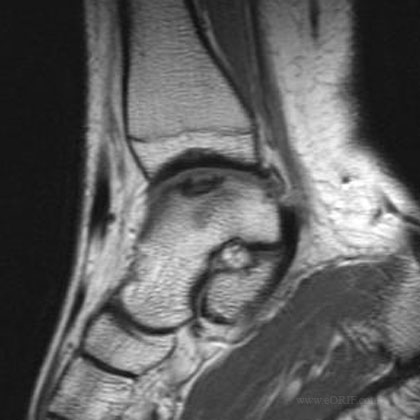 |
synonyms: Talus OCD, Osteochondral lesion, transchondral fracture, osteochondral fracture, osteochondral defect Talar OCD ICD-10
Talar OCD Etiology / Epidemiology / Natural History
Talar OCD Xray / Diagnositc Tests
Talar OCD Classification / Treatment
Talar OCD Associated Injuries / Differential Diagnosis
|
